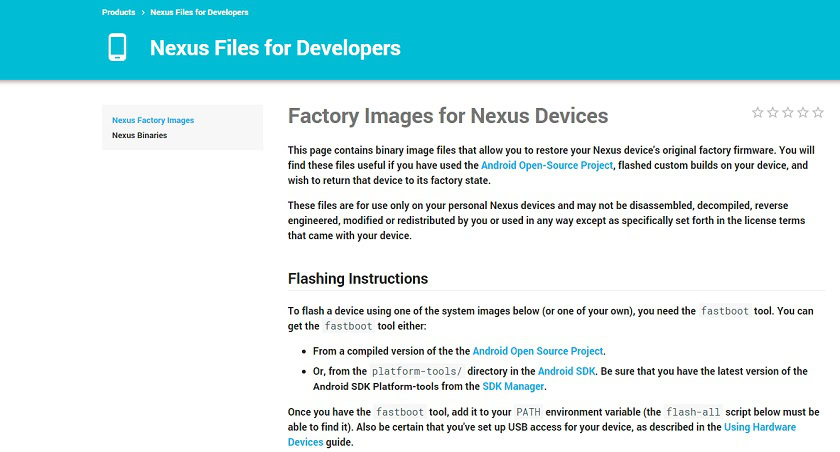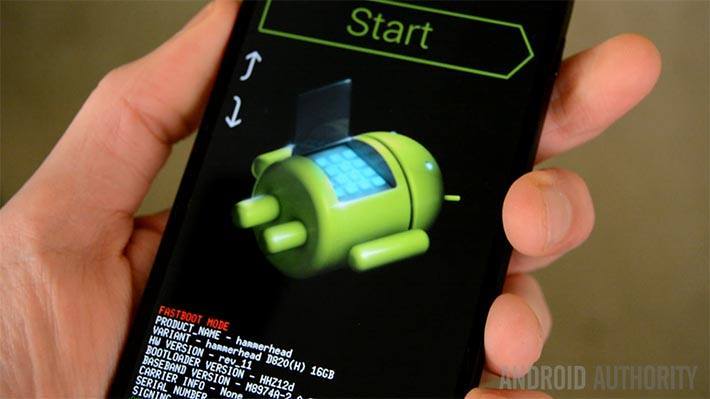Affiliate links on Android Authority may earn us a commission. Learn more.
How to manually install Android 6.0 Marshmallow on a Nexus device (Windows and Linux)
For those of us Nexus users that absolutely want and need the latest and greatest software updates, the arrival of Android 6.0 Marshmallow is certainly welcome. Aiming to address many of the bugs and other experience issues found in Lollipop, while introducing a number of tasty new treats of its own, there’s a lot to love about the latest version of Android.
While Android 6.0 will rollout as an OTA for many users, those who don’t mind getting their hands a bit dirty can flash the latest update for themselves and skip the wait. If you’ve ever performed a manual update before, there is nothing different about this procedure when compared to updating to KitKat or Lollipop. If you’re brand new to this process, this quick tutorial will show you how to manually install Android Marshmallow on a Nexus device.
For those that are visual learners, the video below will walk you through the process, but keep in mind it was made for the release of Lollipop, though the steps involved will be the same (sans the fact the image you use will be Android 6.0).
Editor’s note: this post (and video) was originally written to help people install Lollipop, but has been updated to reflect that Marshmallow is now the latest available sweet treat for Nexus users interested in manually updating.

What will you need before you get started?
- A Nexus device along with a USB cable to connect it to your computer.
- The Android SDK installed on your machine with ADB and Fastboot command successfully working. Here’s a tutorial on how to do that.
- You’ll also need the appropriate factory image for your Nexus device. Go to this website to download them and make sure you get the right one for your device. It’s worth it to spend a moment to make sure you have the right one rather than have to deal with the issues of downloading the wrong one.
- You’ll also need 7zip or a similar program that can handle .tgz and .tar files. You can download 7zip for free here.
- You will also need to unlock your Nexus bootloader. Beware, this will erase your data. It’s also worth noting that flashing a factory image will also erase your data. Make sure to back it up!

How to manually install Android Marshmallow on a Nexus device
Keep in mind that this process is pretty straightforward, but things can and do go wrong if you don’t carefully follow instructions. In other words, proceed at your own risk. With that out of the way, here’s what you need to do:
- Boot your Nexus device into fastboot mode. You do this by turning it off and holding down the volume up + volume down keys and then pressing power. That should work for all modern Nexus devices but if not, you may need to Google Search how to do it on yours.
- On your computer, use 7zip to extract the .tgz file you downloaded from the Android Developer website. Use 7zip a second time to extract the .tar file you extracted from the .tgz. When you’re done, you should have a folder with several files in it.
- Copy all of these files and paste them in the platform-tools folder in the Android SDK on your computer. If you followed the above tutorial, this should be under the C drive, then under Program Files (x86) on Windows. Linux users, you know where you put it.
- If you have not already done so, connect your Nexus device to your computer. ADB and Fastboot commands should already work at this point if you’ve been following along.
- There are two flash-all files. If you’re in Windows, you’ll want to double click the one that has the gear logo and says “Windows Batch File” on the right. If you’re on Linux, you’ll want to double click the flash-all.sh.
- At this point a box should pop up and you should see the installation taking place. While this is going on, do not unplug your device for any reason. Let it do its thing.
- Once the installation process as finished, your device will automatically reboot and you should see the official Android Marshmallow boot animation start up. You can now safely disconnect your device from your computer. Congrats, you now have Marshmallow!
If you have any issues, post a comment below, and we’ll do our best to help you out, and invite other readers to pitch in as well. Good luck, have fun, and we hope you enjoy Android Marshmallow!